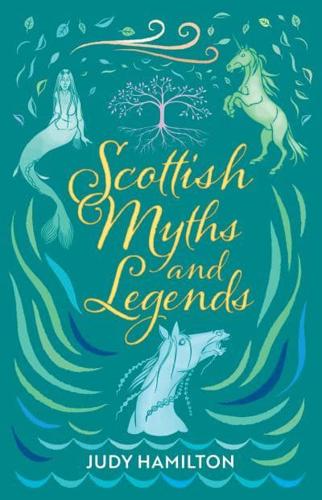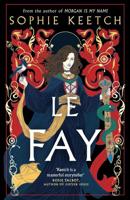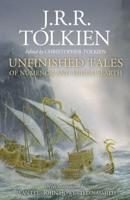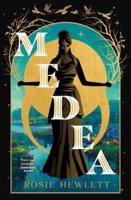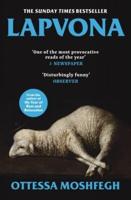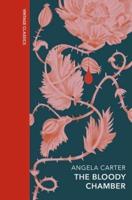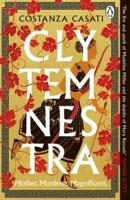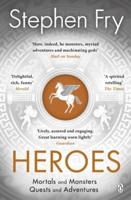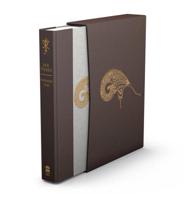Publisher's Synopsis
Scotland is a nation made from many people and cultures. This diversity of cultural influences is reflected in Scotland's vast store of myths and legends. Old legends and stories, customs and sayings have been handed down by word of mouth from Celtic myths, as well as Norse and Irish myth, Gaelic stories, superstition, saints and sinners, water horses and ghosts but also originated from a layer of older, forgotten peoples who appear in Celtic legend as Sithe (fairies). Some Sithe were driven underground and fought a cruel war against their dispossessors. The fairies then came largely to be regarded as evil and some of them emerged in stories of witches, meeting in covens, and some even married into some septs.
This book contains 50 myths that include the stories behind:
Saint Andrew's Day; Saint Mungo, founder and patron saint of Glasgow; Rob Roy MacGregor; the Loch Ness Monster; Robert Bruce; Halloween, as well as an explanation of the tradition of handfasting. The selection of stories is drawn from all over Scotland including the Isle of Skye; Galloway; Glen Dochart; Glasgow; Glen Dochart; Pittenweem; Culross;
Halloween
Halloween's ancient traditions have Celtic origins and the many customs and concepts associated with 31 October date to the time of the festival of 'Samhain', when people marked the end of summer and welcomed the winter season. The festival greeted the dawn of winter which was associated with death, and the colour black, According to the Celtic calendar, this festival ushered in the dawn of winter associated with death while marking the end of the harvesting season of summer associated with life. This is also why the colours orange and black feature so prominently during Halloween as orange symbolises the warmth of the harvest season while black represents the bitter cold winter.
'Halloween'.
The word 'Hallowe'en' first appears in print as 'Halhalon' in 1556 - it's a Scottish word, and this Scottish connection was continued by Robert Burns in this long poem from 1785. This Burns poem is often recited at Halloween in Scotland and deftly mixes the English and Scots languages.
The poem focuses on the various practices and traditions associated with the festival every year: cutting of the apple, and winnowing of the corn that's been harvested that autumn. But it also covers the more familiar aspects of the season, including fairies and mischief-making. Although the poem refers to frights, it also emphasises the fun and joy of the occasion, as an excuse for the family to get together and engage in games, pranks, storytelling, and dancing.
It begins:
Upon that night, when fairies light
On Cassilis Downans dance,
Or owre the lays, in splendid blaze,
On sprightly coursers prance;
Or for Colean the rout is ta'en,
Beneath the moon's pale beams;
On Cassilis Downans dance,
Or owre the lays, in splendid blaze,
On sprightly coursers prance;
Or for Colean the rout is ta'en,
Beneath the moon's pale beams;
